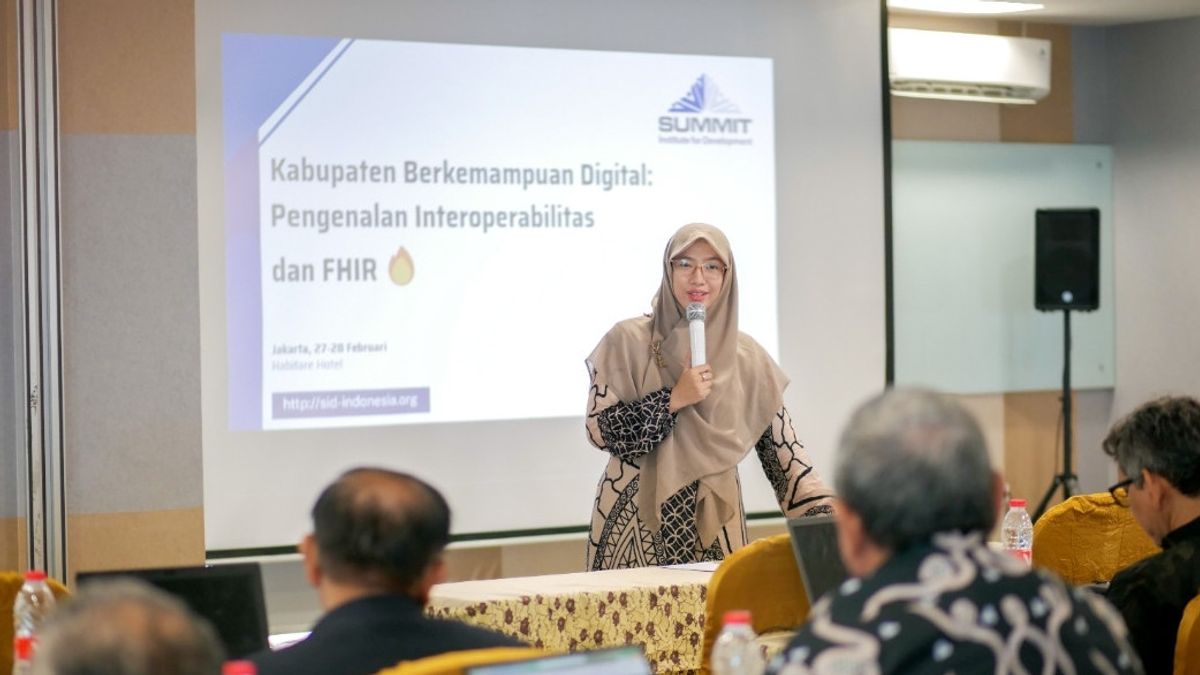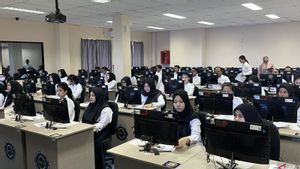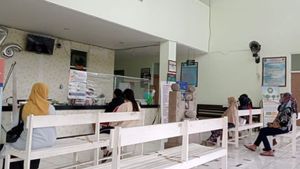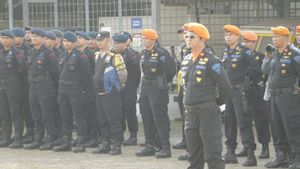JAKARTA The Summit Institute for Development (SID) held a Digital Capacity Training for Introduction of Interoperability and Fast Healthcare Interoperability Resources (FHIR).
This training program is the result of a collaboration between SID and Digital Transformation Office (DTO) from the Ministry of Health. This program was attended by 44 participants from the Health Service and the Communications Office in eight provinces.
For two days, from 27 to 28 February, participants learned about the interoperability capabilities of various FHIR-based health service applications and standardization for electronic medical records.
SID, as a non-profit organization in the health sector, realizes that this training is very important. By studying the interoperability system, the gap in health services for the community is expected to be resolved soon.
"We hope that districts with digital capabilities can use data for action. For example, if there is a gap in public health services, frontline staff such as midwives, nurses, doctors, and cadres can immediately cover up the gap," said SID CEO Yuni Dwi Setiyawati, in a statement received by VOI.
Currently, there are hundreds of applications at the central and regional government levels that are not connected or do not use the interoperability system. This makes it difficult for local governments to improve the quality of services and performance of medical personnel.
Therefore, an interoperability system is needed. By utilizing the SATUSEHAT ecosystem, data health integration platforms, participants are expected to be able to understand the basics of applications, recording, use, and data exchange.
SEE ALSO:
This training program is also expected to accelerate the process of digitizing health services. SID wants to simplify the recording system and reduce workload by using the SATUSHEHAT ecosystem.
The DTO side agrees with the purpose of this program. According to the Head of DataDTO Dymas Manggala, data integration in this fast way is very much needed. Dymas also agreed with the use of the FHIR system.
"We need protocols or data exchange because without data integration, the government is a bit difficult to deliver data because it takes time to get data and intervention will be difficult. Why do we use FHIR because it is a data exchange standard that can also be used in Indonesia," explained Dymas.
The English, Chinese, Japanese, Arabic, and French versions are automatically generated by the AI. So there may still be inaccuracies in translating, please always see Indonesian as our main language. (system supported by DigitalSiber.id)


















